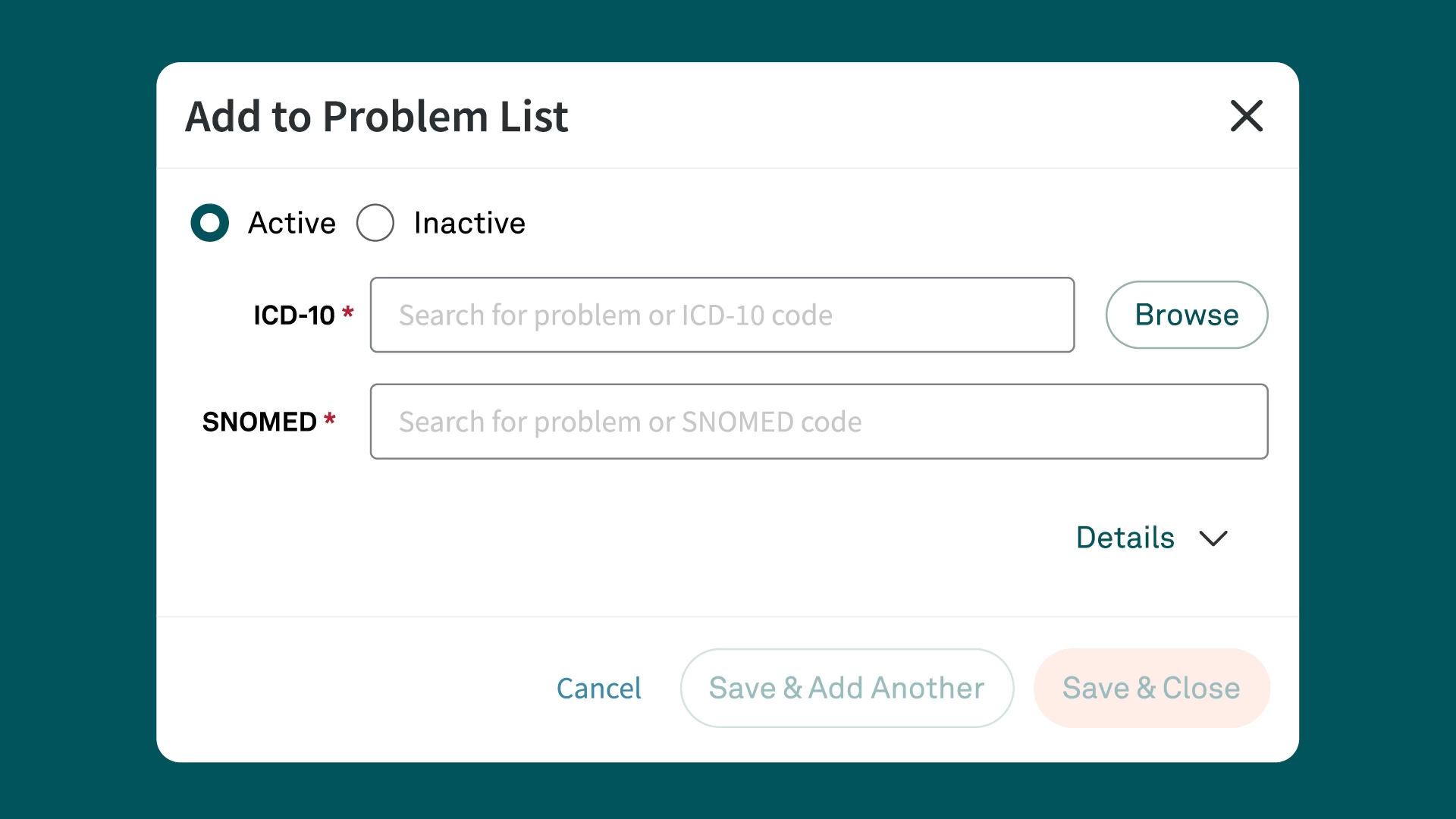ICD-10 Code I10
Essential (primary) hypertension
What is the code I10?
I10 is a billable/specific ICD-10-CM code designated for "essential (primary) hypertension." This code falls under the chapter of diseases of the circulatory system (I00–I99) and, more specifically, under category I10 Essential (primary) hypertension. Essential hypertension is diagnosed by a provider when high blood pressure readings (140/90 mmHg or higher) are observed on multiple occasions without an identifiable secondary cause.
Detailed description of I10
The diagnosis of essential hypertension (I10) implies that the high blood pressure is not due to any other identifiable disease. It is characterized by persistently high arterial blood pressure and can lead to significant health issues if not managed properly, including risks of stroke, heart attack, kidney failure, and vision problems. The condition often requires lifelong management through medication, lifestyle changes, and regular monitoring.
Symptoms commonly associated with I10
Typically, high blood pressure does not exhibit overt symptoms and is often discovered during routine checks. However, severe or long-term uncontrolled hypertension may lead to:
- Headaches
- Shortness of breath
- Nosebleeds
- Flushing
- Dizziness
- Visual disturbances
Related and similar ICD-10-CM codes
Codes related to I10 include:
- I11.9 (Hypertensive heart disease without heart failure)
- I12.9 (Hypertensive chronic kidney disease with stage 1 through stage 4 chronic kidney disease or unspecified chronic kidney disease)
- I13.10 (Hypertensive heart and chronic kidney disease without heart failure, with stage 1 through stage 4 chronic kidney disease or unspecified chronic kidney disease.
These conditions involve organ damage that results from longstanding hypertension.
Appropriate usage of I10 for billing
I10 is used for billing purposes to indicate a diagnosis of essential hypertension without associated heart or renal disease.
Instructional guidelines for providers coding I10
When using ICD-10-CM code I10 for hypertension, clinicians should ensure accurate blood pressure measurement and rule out secondary causes of hypertension, though this documentation is not necessary for diagnosis reporting. It's important to regularly update medical records to reflect any changes in the patient's condition.
In ICD-10-CM, hypertension is presumed to be causally related to heart and kidney involvement unless explicitly stated otherwise in the medical records. Therefore, if a patient has chronic kidney disease or any heart condition classified under codes I50.-, I51.4–I51.7, I51.89, or I51.9, code I10 should not be used unless it is documented that the conditions are unrelated.
For cases of hypertension with heart or kidney involvement, or both, use the appropriate codes from categories I11 (Hypertensive heart disease), I12 (Hypertensive chronic kidney disease), or I13 (Hypertensive heart and chronic kidney disease). This coding structure ensures that the relationships between hypertension and significant organ involvement are accurately captured and managed.
Common pitfalls in coding with I10
- Misuse of I10 when a more specific diagnosis involving organ damage is evident.
- Failure by a provider to document, in the assessment portion of their note, the associated conditions or complications that might influence the choice of specific related hypertensive codes.
Key resources for I10 coding
- CMS ICD-10 Homepage: Offers detailed coding resources and updates.
- WHO ICD-10 Online Browser: Useful for checking definitions and related diagnostic criteria.
Conclusion
The ICD-10-CM code I10 is used for diagnosing and managing essential hypertension. Accurate use of this code not only helps in appropriate billing but also in guiding treatment decisions to manage the patient's condition effectively, thereby reducing the risk of severe complications.
Simplify ICD-10 code documentation with Tebra
Tebra’s EHR+ gives you quick searches and Systematized Nomenclature of Medicine (SNOMED) field names for efficient code documentation. Plus, Tebra automatically saves ICD-10 to SNOMED mapping for future searches, streamlining your workflow.

Discover how Tebra helps providers effortlessly document health-related issues and conditions in this detailed post.
Download your free resource now
Access it instantly — just complete the form

Stay Ahead with Expert Healthcare & Billing Insights
Get the latest industry updates, financial tips, and expert strategies — delivered straight to your inbox.

